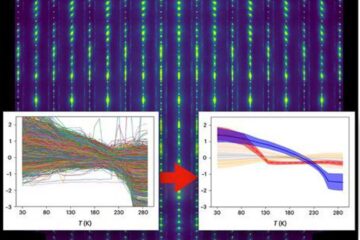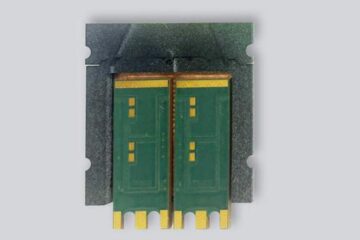Defeating Salmonella requires an understanding of guerrilla warfare

If you are suffering from Salmonella food poisoning or, worse, typhoid fever, you feel like every cell in your body is under attack from an army of invading bacteria. However, rather than the bacteria mounting a mass assault scientists using state-of-the-art microscopy have found that Salmonella bacteria use a guerrilla warfare-like approach to attacking your body's cells.
Researchers at the University of Cambridge have found that the majority of cells infected with bacteria in the body contain just one or two bacteria rather than being overrun as might be expected. Working in collaboration with mathematicians they are now proposing a new model to explain infection. The new explanation shows that a single Salmonella bacterium invades a cell, grows and replicates before its progeny is released when the cell bursts.
The released bacteria then fan out each independently infiltrating another cell. This forces the host immune system to fight low numbers of bacteria simultaneously at numerous sites of infection rather than having to deal with a small number of well confined “battlefields” each containing large numbers of Salmonella.
Research leader Dr Pietro Mastroeni explains: “When bacteria infiltrate cells one at a time they gain a head start over your body's immune system. When a bacterium infects a cell it triggers an immune response and the inside of the cell becomes an increasingly hostile environment for the invader. By replicating quickly and escaping the bacteria can individually disseminate in the body and attack many more cells where the immune response has to start again from scratch.”
By using mathematical models the researchers have been able to show that as an infection develops most bacteria remain isolated in individual infected cells, even as the number of cells infected grows.
Dr Mastroeni commented: “Understanding the hit-and-run tactics used by infectious bacteria has important healthcare implications. It will help us to identify how different drugs might work most effectively in different combinations and to develop new vaccines. In both cases developments would include a dual approach to slow the replication inside the cell and to attack bacteria on the run outside the cell.”
The research, funded by the Biotechnology and Biological Sciences Research Council (BBSRC) and the Wellcome Trust, not only has public health implications but also demonstrates the importance of animals in research.
Professor Julia Goodfellow, BBSRC Chief Executive, explained: “Salmonella bacteria cause hundreds of thousands of deaths worldwide every year. Without using infected mouse cells we would not understand the behaviour of the bacteria. The combined use of biological data and mathematical models has enabled the researchers to test several and sometimes competing theories about infection, greatly reducing the need for many more animal experiments.”
Media Contact
More Information:
http://www.bbsrc.ac.ukAll latest news from the category: Life Sciences and Chemistry
Articles and reports from the Life Sciences and chemistry area deal with applied and basic research into modern biology, chemistry and human medicine.
Valuable information can be found on a range of life sciences fields including bacteriology, biochemistry, bionics, bioinformatics, biophysics, biotechnology, genetics, geobotany, human biology, marine biology, microbiology, molecular biology, cellular biology, zoology, bioinorganic chemistry, microchemistry and environmental chemistry.
Newest articles

Machine learning algorithm reveals long-theorized glass phase in crystal
Scientists have found evidence of an elusive, glassy phase of matter that emerges when a crystal’s perfect internal pattern is disrupted. X-ray technology and machine learning converge to shed light…

Mapping plant functional diversity from space
HKU ecologists revolutionize ecosystem monitoring with novel field-satellite integration. An international team of researchers, led by Professor Jin WU from the School of Biological Sciences at The University of Hong…

Inverters with constant full load capability
…enable an increase in the performance of electric drives. Overheating components significantly limit the performance of drivetrains in electric vehicles. Inverters in particular are subject to a high thermal load,…





















